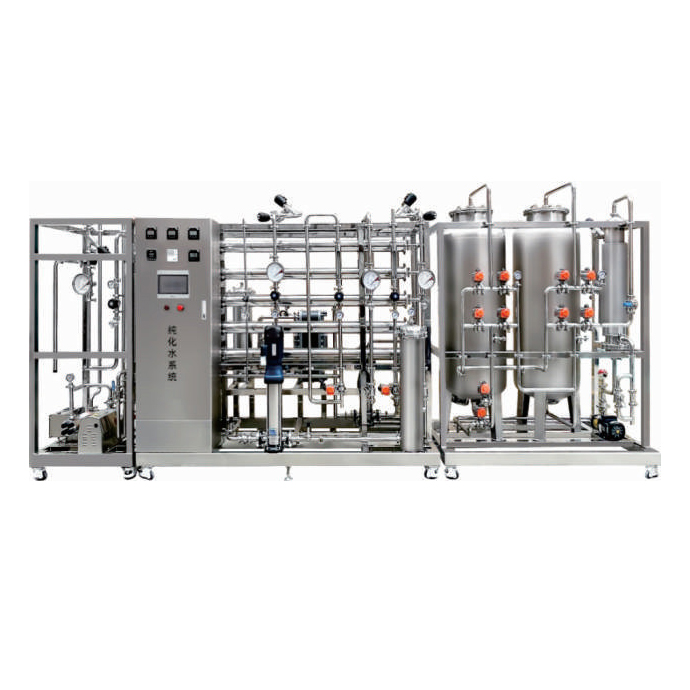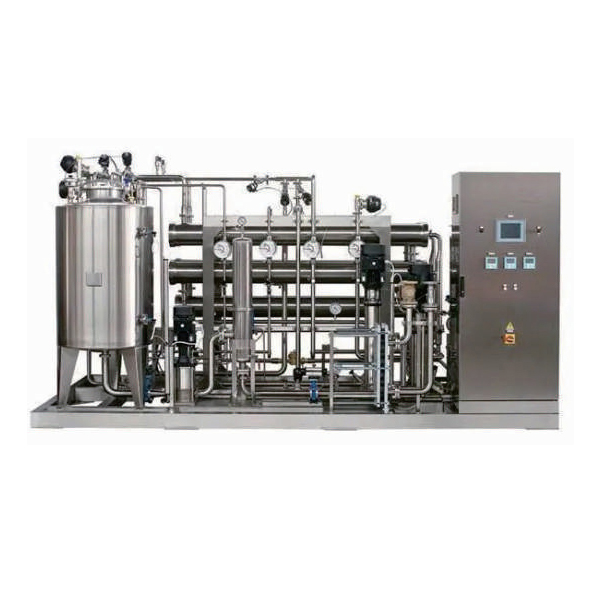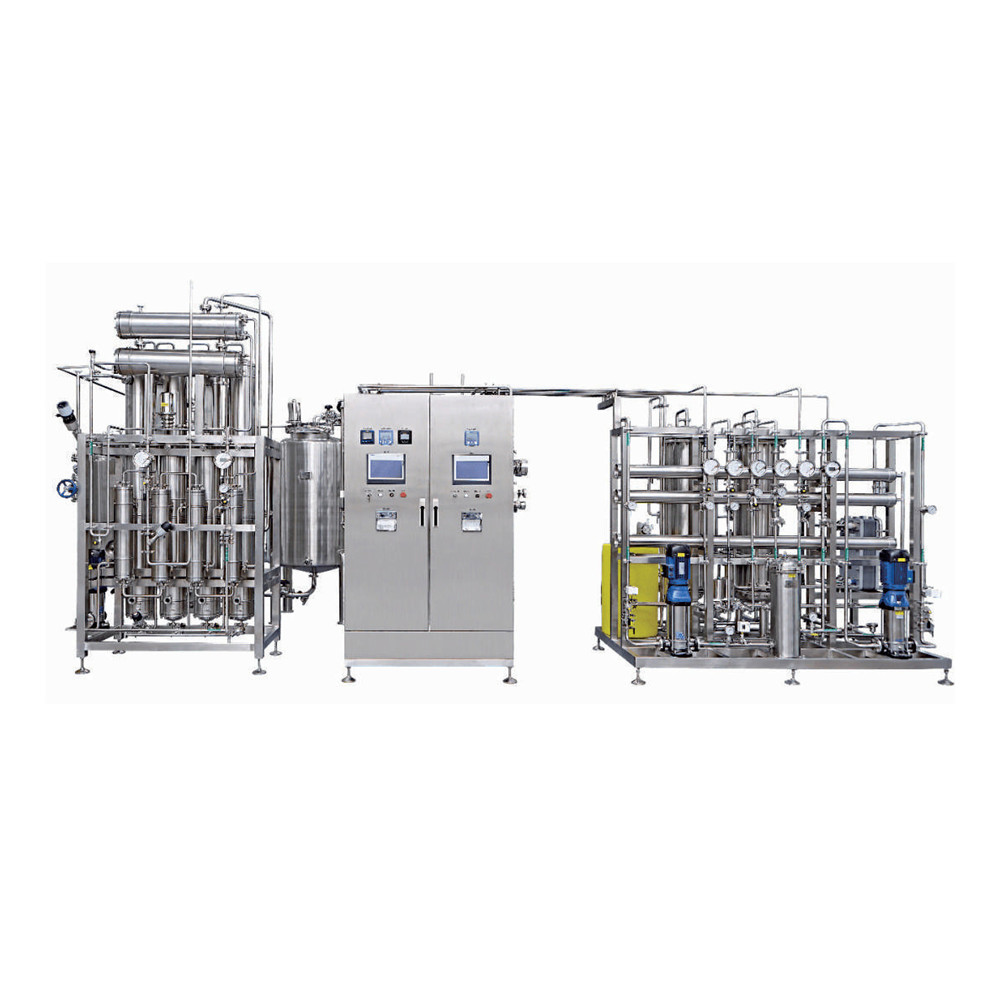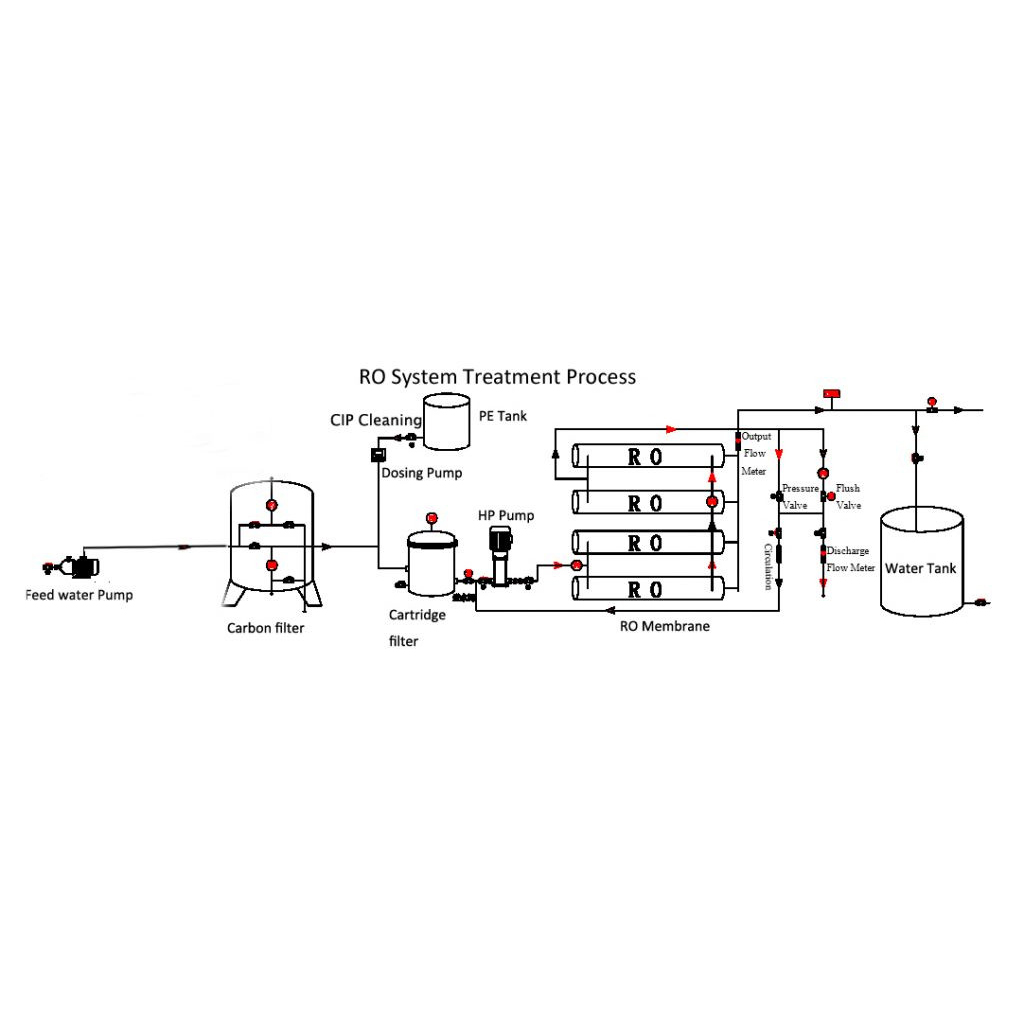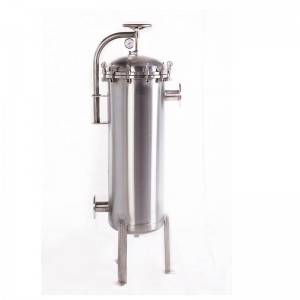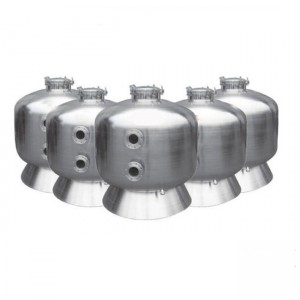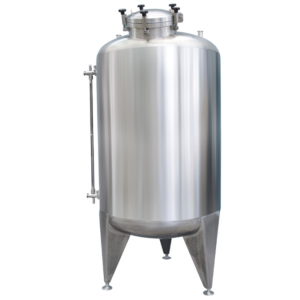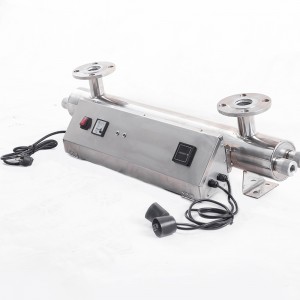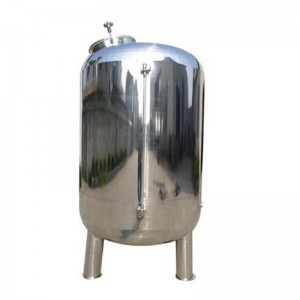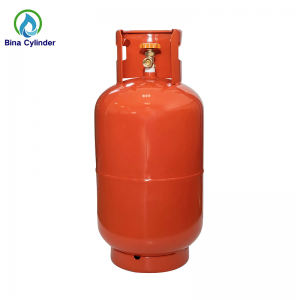product description
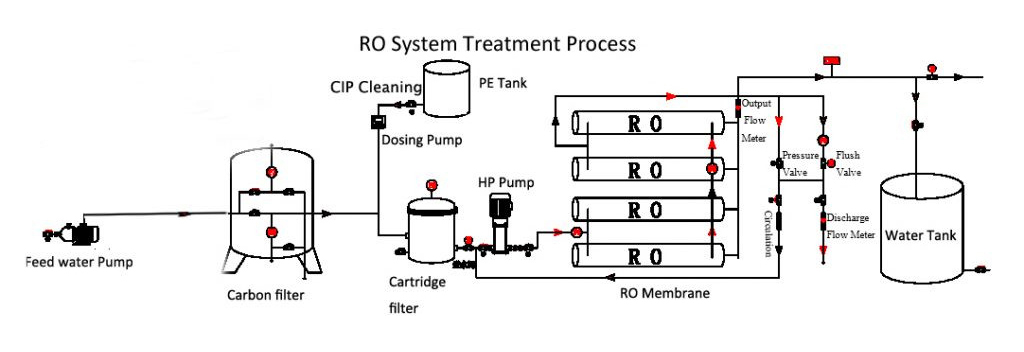
Reverse osmosis equipment is a water treatment system organized around a reverse osmosis membrane. A complete reverse osmosis system consists of a pre-treatment section, a reverse osmosis host (membrane filtration section), a post-treatment section, and a system cleaning section.
Pretreatment often consists of quartz sand filtration equipment, activated carbon filtration equipment, and precision filtration equipment, with the main purpose of removing harmful substances such as sediment, rust, colloidal substances, suspended solids, pigments, odors, and biochemical organic compounds from raw water, reducing residual ammonia value and pesticide pollution. If the content of calcium and magnesium ions in the raw water is high, it is necessary to add a water softening device, mainly to protect the reverse osmosis membrane in the later stage from being damaged by large particles, thereby extending the service life of the reverse osmosis membrane.
The post-treatment part mainly involves further processing the pure water produced by the reverse osmosis host. If the subsequent process is connected to ion exchange or electrodeionization (EDI) equipment, industrial ultrapure water can be produced. If it is used in the civilian direct drinking water process, it is often connected to a post sterilization device, such as a UV sterilization lamp or an ozone generator, so that the produced water can be directly consumed.
Industrial Reverse Osmosis System Buying Guide
In order to choose the correct RO model number, the following information must be provided:
a.Flow rate (GPD, m3/day, etc.)
b.Feed water TDS and water analysis: this information is important to prevent membranes from fouling, as well as help us choose the correct pre-treatment.
c.Iron and manganese must be removed before the water enters reverse osmosis unit
d.TSS must be removed before entering the Industrial RO system
e.SDI for feedwater must be less than 3
f.Water should be free from oil and grease
g.Chlorine must be removed
h.Available voltage, phase, and frequency (208, 460, 380, 415V)
i.Dimensions of projected area where Industrial RO System will be installed
Applications of the sand filter
The ideal applications for an industrial RO water filter systems include:
• EDI Pre-treatment
• Rinse Water
• Pharmaceutical
• Boiler Feed Water
• Laboratory Water Purification Systems
• Chemical Blending
• Refinery Water Treatment
• Nitrate Removal from Water
• Electronics/Metal Finishing
• Mining Industry
• Beverage Production and Bottled Water
• Spot Free Product Rinse
• Cooling Towers
• Ion Exchange Pre-treatment
• Storm water Treatment
• Well Water Treatment
• Food and Beverage
• Ice Manufacturing
Case study
1, Solar energy industry/LED,PCB &Sapphire industry
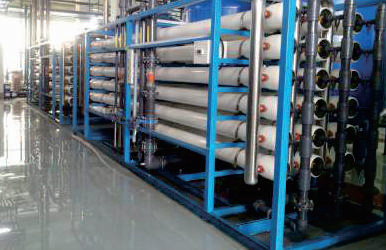
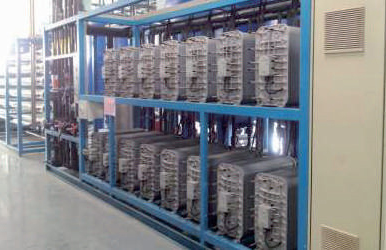
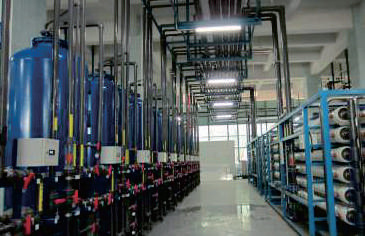
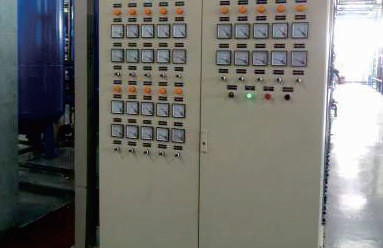
2, New energy New material/ Optical Optoelectronics industry
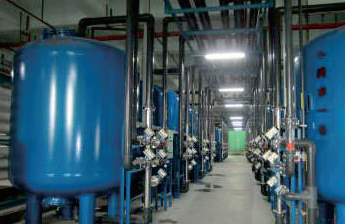
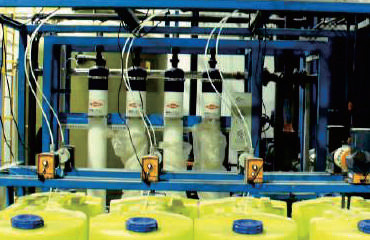
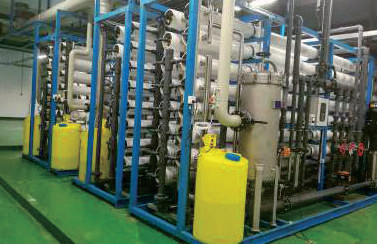
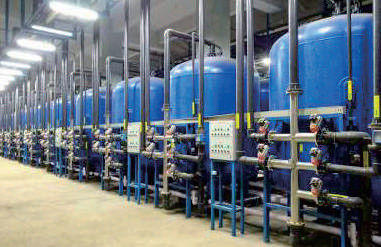
3, Boiler make-up water treatment systems for power plants, steel mills and chemical plants
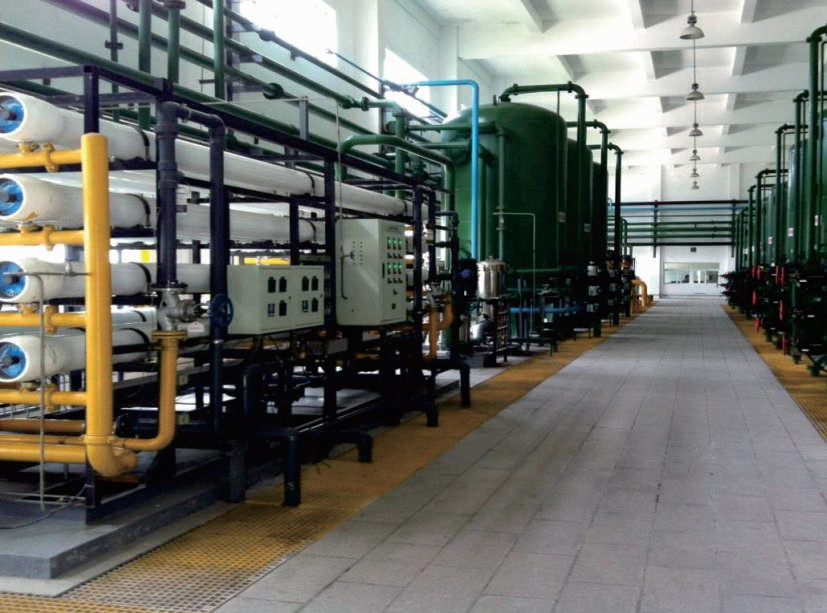
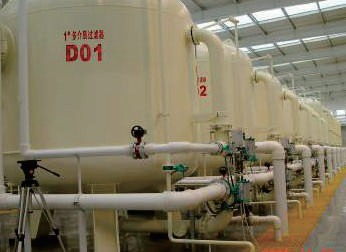
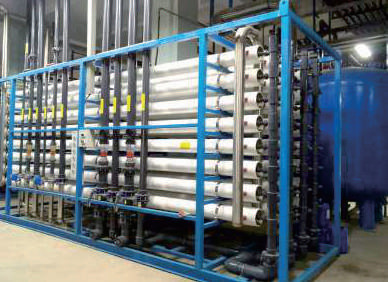
In the thermal system of chemical and thermal power plants, water quality is an important factor affecting the safe and economical operation of thermal equipment. Natural water contains many impurities, if the water is introduced into the thermal equipment without purification treatment, it will cause various hazards due to the poor quality of soda water, mainly the scaling, corrosion and salt accumulation of thermal equipment.
4, Purified water and injection water systems for biological and pharmaceutical industries
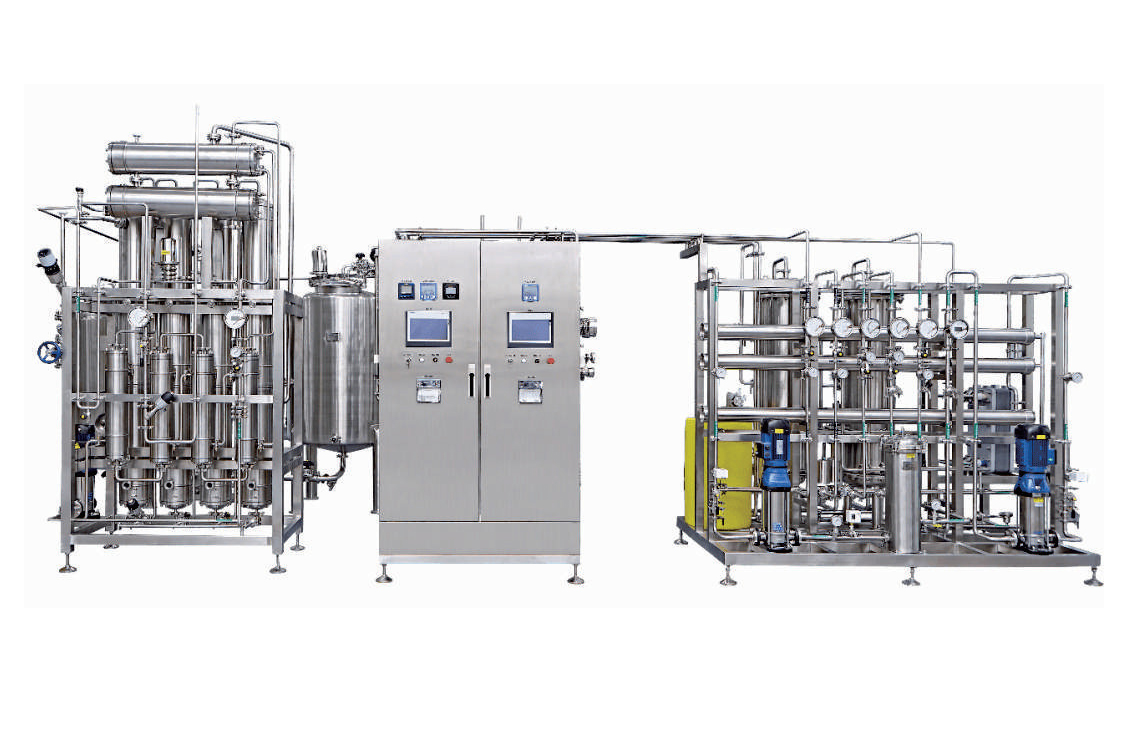
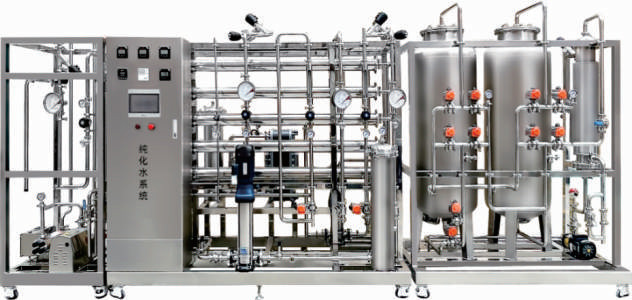
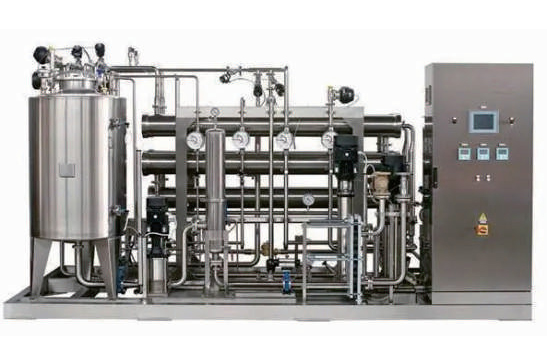
Medical water equipment has its particularity, equipment accessories materials are mainly sanitary grade stainless steel; The single device of the equipment can be selected with pasteurization function; The water supply can choose the direct supply circulation mode; Distilled water must control the temperature and need to be stored in heat preservation: automatic control must be comprehensive and have fault emergency functions, etc., which can maintain the stability and high performance of the equipment in a long time.
5, Purified water for food, beverage, drinking water and beer industries
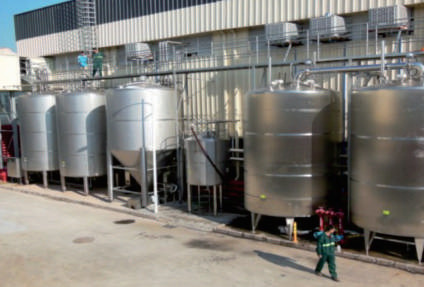
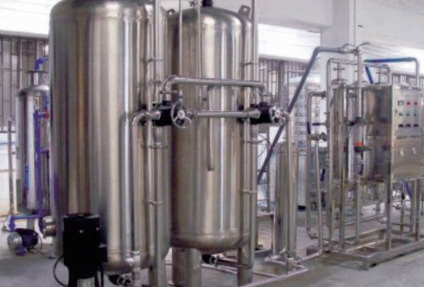
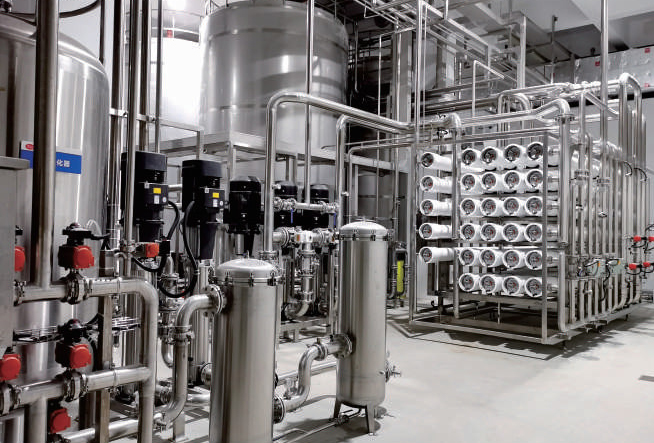
Basically, the water making equipment of the food and beverage industry should meet the ISO certification standard and meet the various specifications and requirements of the food industry; The corresponding laboratory instrument workshop air purification, standardized production documents and specifications need to be ready, pure water transmission pipe network to meet the requirements of food grade.
6, Water reuse and wastewater treatment system
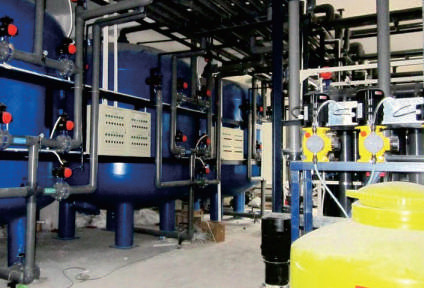
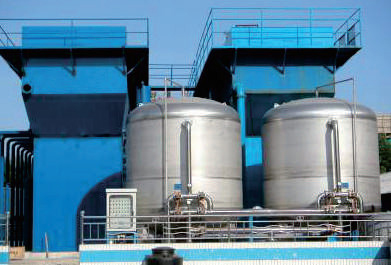
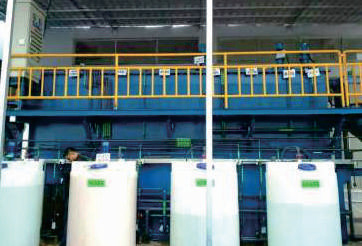
Reclaimed water mainly refers to the water that has reached certain discharge standards after the treatment of industrial and domestic sewage. After a series of recycling treatment, these reclaimed water can be reused for industrial recharge water, cooling water, etc. On the one hand, reclaimed water reuse saves water resources and reduces production costs, on the other hand, it can effectively alleviate the pressure of municipal water supply and realize a virtuous cycle of environmental, corporate and social interests.
Routine maintenance of pure water filter machine
1. Place the reverse osmosis pure water host and preprocessor near the water source and power source.
2. Fill with filter materials such as quartz sand, activated carbon, and softened resin.
3. Connect the waterway: the inlet of the raw water pump is connected to the water source, the outlet of the pre filter is connected to the inlet of the main unit, and the pre processor and main unit drainage outlets are connected to the sewer through pipelines.
4. Circuit: First, reliably ground the grounding wire and connect the randomly selected power cord to the room's electrical control box.
5. Connect the water source and power supply, follow the requirements of the pre-treatment operation instructions and follow the steps to complete the pre-treatment debugging operation.
6. Use this machine, turn the switch of the raw water pump to the automatic position, and turn off the shutdown switch. Connect the water source and power supply, and when the pressure at the outlet of the multi-stage pump reaches the set value of the pressure controller, the multi-stage pump will start working. After the multistage pump is started, adjust the system pressure to 1.0-1.2Mpa. Manual flushing of the RO membrane system for 30 minutes upon initial start-up


